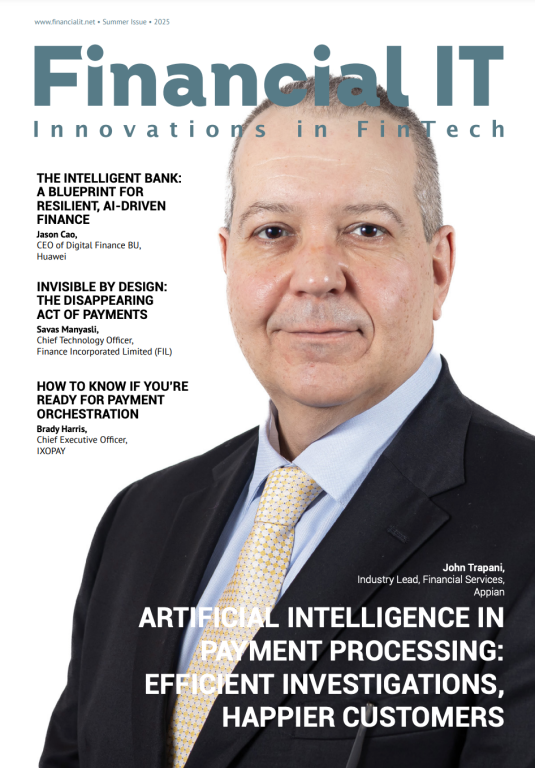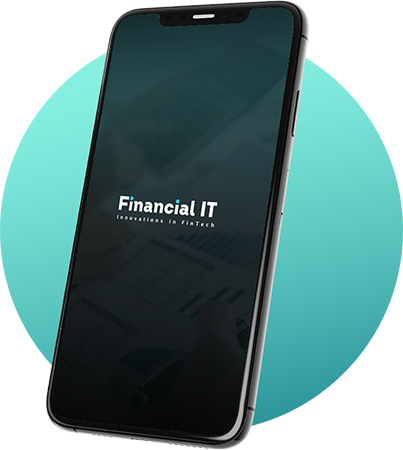Machine learning (ML) is one of the most discussed technological tools, and if in the past only a few companies could use it due to high cost and lack of resources, today many industries use ML. The financial sector is not an exception and embraces all possible advances in digital transformation. The main trouble of the financial domain is fraud detection. ML is the number one technology that helps Fintech companies detect fraud. Let’s find out how.
All content with RSS
Over the years, the IT landscape has changed dramatically, and while CA Telon’s efficacy has endured, several increasingly impactful factors have driven users to look for alternatives. First, developers familiar with CA Telon are increasingly difficult to find, as most have reached retirement age. Second, due to its run-time elements, CA Telon’s licensing costs continue to accrue, while at the same time its development benefits decline. As a result, many are looking to migrate away from this legacy language.
Not too long ago, there was very little to link Wirecard, the disgraced payments platform in Aschheim, Germany, with Boohoo, the fast-fashion online retailer in Leicester, England, but both have recently been embroiled in high-profile scandals.
Many Brits have found that lockdown has been beneficial for their money, having cut back on personal spending and managing to put away some extra cash. According to eToro, Brits with unspent discretionary income are set to accumulate £75.5bn in savings in just three months.
When it comes to leading a healthy lifestyle, eating the right food, taking regular exercise, and maintaining a positive mindset are key. However, despite these best intentions and practices, you still might not get all the nutrients your body needs to ensure it is working as effectively as possible. To combat this, a doctor might suggest taking a daily multivitamin as an insurance policy, to guarantee the body gets all the minerals and vitamins it needs, avoiding any shortfalls. Makes sense, right?
It’s no news that the retail industry has been flipped on its head by the COVID-19 pandemic. Due to the lockdown, most in-store operations have been shut down, and nationwide furloughs, reduced pay and steady streams of income at risk have fuelled a change in consumer spending priorities and trends.
We need to band together to determine how retailers can strengthen current operations, support their loyal customer base, and continue to grow in the midst of the virus and unpredictable changes to purchasing behaviour.
Gauging the impact on the retail sector
In the latest development in the IBOR transition, on the weekend of July 25th, we saw the major CCPs perform the much-anticipated Euro discounting and price alignment transition from using EONIA to EuroSTR (a.k.a. €STR) for all Euro OTC interest rate products. We understand that all compensation payments have now settled.
The question market watchers have been asking is would the hereto anaemic trading activity in EuroSTR pick-up following the switchover of discounting and PAI/PAA at the major CCPs?
The current crisis has forced businesses and entire industries to rely on digital technology more than ever before.
CA Telon is a Computer Aided Software Engineering (CASE) application development environment that was originally designed by Chris McNeil and Don Christensen in the late 1970s. At the time, McNeil was a software engineer at Liberty Mutual Insurance Company and Christensen was an IBM Systems Engineer contracting with Liberty Mutual. The pair was motivated to create the code generator, we now know as CA Telon, to ease the development of the presentation layer on the IBM 3790 minicomputer. As CA Telon’s functionality grew, so did its popularity within the insurance sector and beyond.
The pandemic has resulted in a huge increase in demand for contactless payments and frictionless, simple ways of paying. Software-based Point of Sale (SoftPOS) technology is perfectly suited to meet new customer demands, and frankly, is the future of payments.










